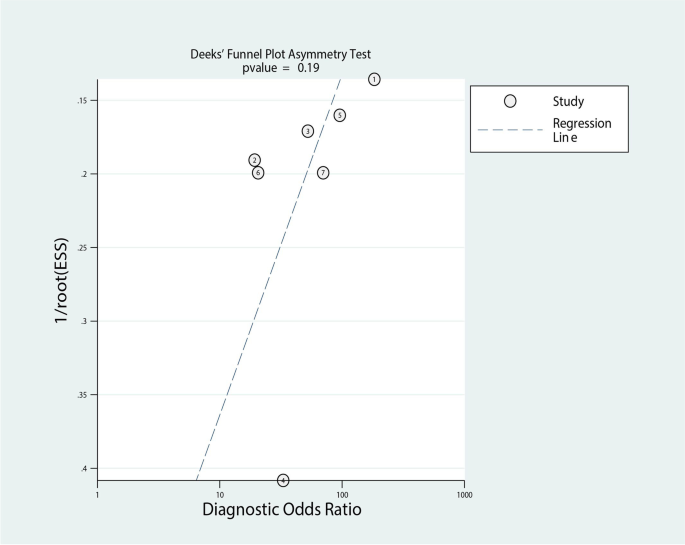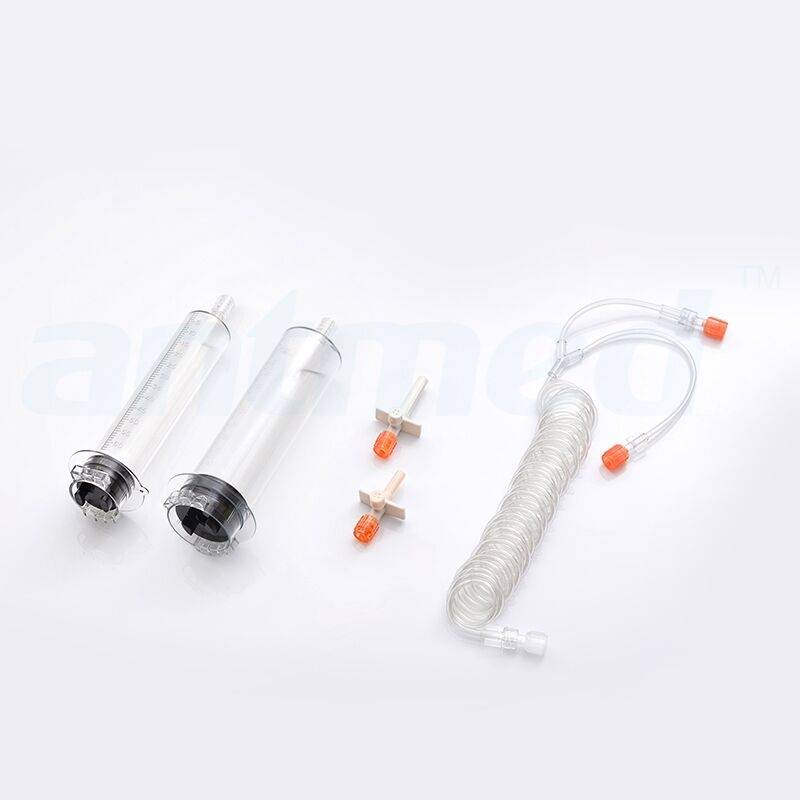

They also measured fractional excretion and elimination of Mn-P圜3A in a rat model and compared to the leading GBCA. They concluded that the tumor contrast enhancement provided by Mn-P圜3A was comparable to the performance of the two GBCAs. For instance, women with a high risk of breast cancer, brain cancer survivors, or patients with relapsing multiple sclerosis may receive frequent GBCA enhanced MRIs for surveillance."įor their study, the MGH team compared the efficacy of their novel contrast agent Mn-P圜3A to two state of the art GBCAs to detect tumors in mouse models of breast cancer and metastatic liver cancer. They note that unlike gadolinium, manganese is an essential element that is naturally found in the body.ĭerek Erstad, MD, clinical fellow in the Department of Surgery at MGH and lead author on the study points out that "A number of conditions require multiple follow up scans with GBCAs that result in increased gadolinium exposure. He and Caravan invented Mn-P圜3A as a gadolinium-free contrast agent to address these various safety concerns. But, since some people are repeatedly exposed to GBCAs, doctors want to be cautious," says Gale. "No confirmed side-effects have yet been irrefutably linked to the long-term presence of gadolinium in the body. Concerns around gadolinium retention caused the European Medicines Agency to remove several GBCAs from the market in Europe. Studies have demonstrated that gadolinium levels in the brain and other organs increase with increased exposure to GBCAs. However, avoiding contrast enhanced MRI makes it harder to provide accurate diagnoses for these patients.Īlso, it's been known for several years that residual gadolinium can stay in the body for a very long time after an imaging procedure.


As a result, three GBCAs can no longer be used in patients with advanced kidney disease, while the use of other GBCAs is avoided. NSF is a rare,but devastating progressive condition that affects multiple organ systems. In 2007 it was determined that GBCAs can cause nephrogenic systemic fibrosis (NSF) when used in patients with kidney disease. Food and Drug Administration (FDA) in 1988, there are lingering safety concerns about these agents. While the first GBCA was approved by the U.S. With a strong chelator, the manganese is distributed throughout the body and can detect the location and size of lesions. "Without a chelator of sufficient strength, the manganese will be taken up by the liver and remain in the body," says Peter Caravan, PhD, one of the study's authors, co-director of the Institute for Innovation in Imaging (i3) at MGH, and associate professor of Radiology at HMS. The new agent also may be safer than GBCAs, because manganese from Mn-P圜3A is much more quickly and thoroughly cleared from the body than gadolinium from even the 'safest' GBCA.Ī key feature of the new agent is that the manganese is tightly bound to a chelator which prevents it from interacting with cells or proteins in an adverse way and allows rapid elimination from the body after the imaging exam. Results of the study are available online at Investigative Radiology, and describe how a novel manganese-based agent (Mn-P圜3A) provides comparable tumor contrast enhancement to state of the art (GBCAs).


 0 kommentar(er)
0 kommentar(er)
